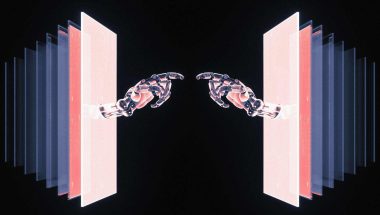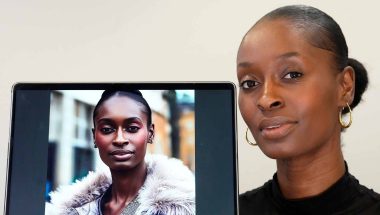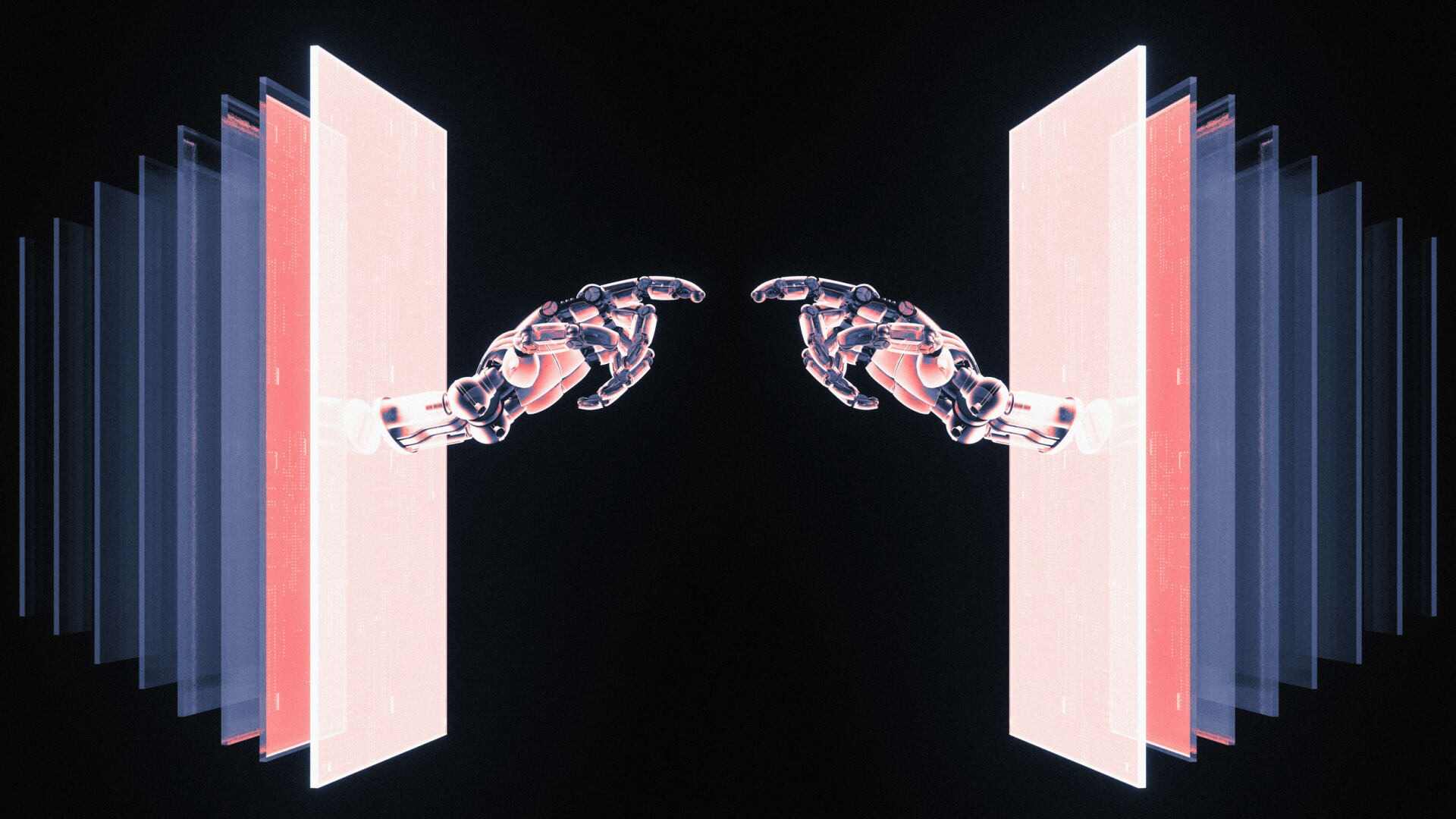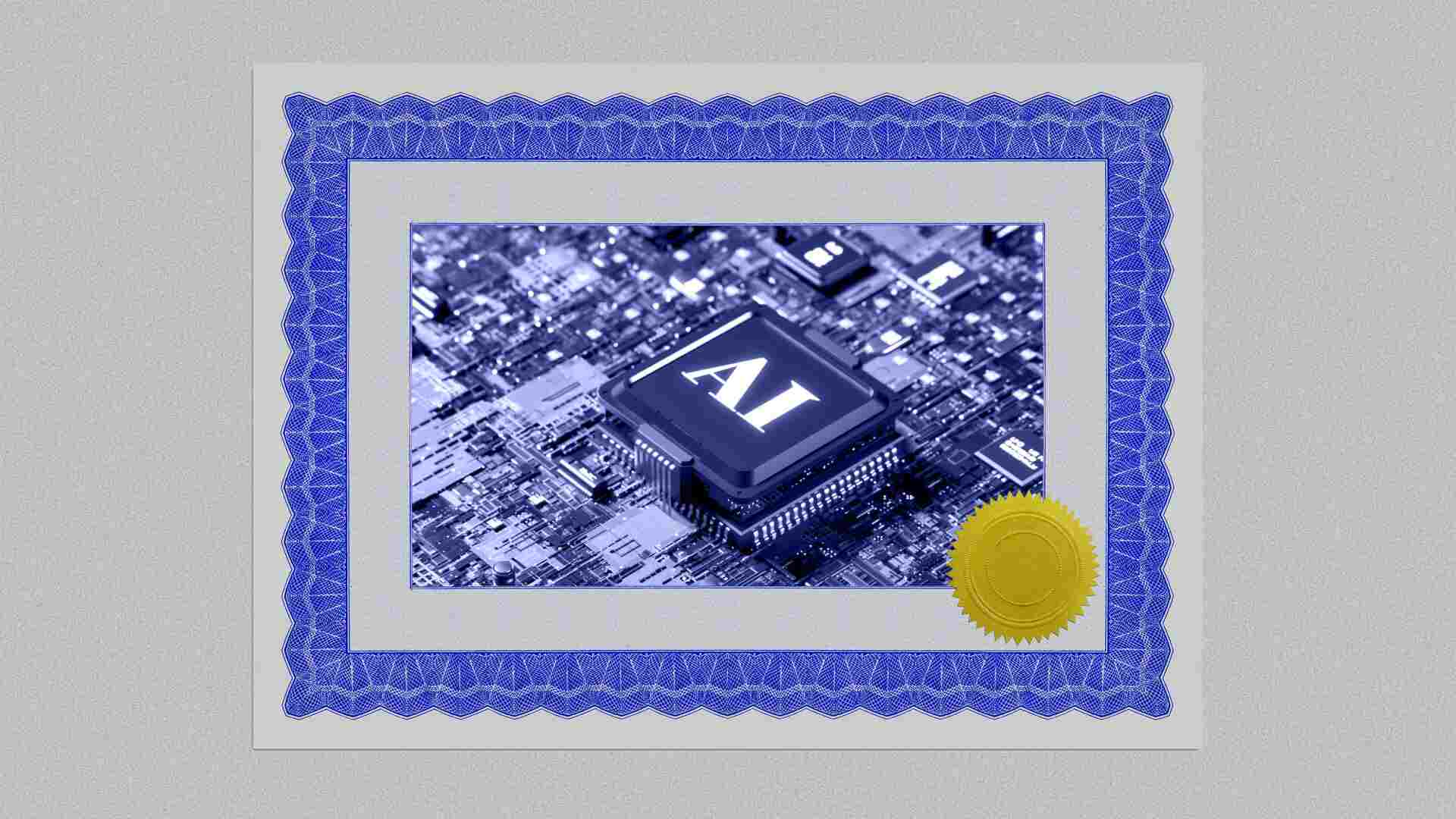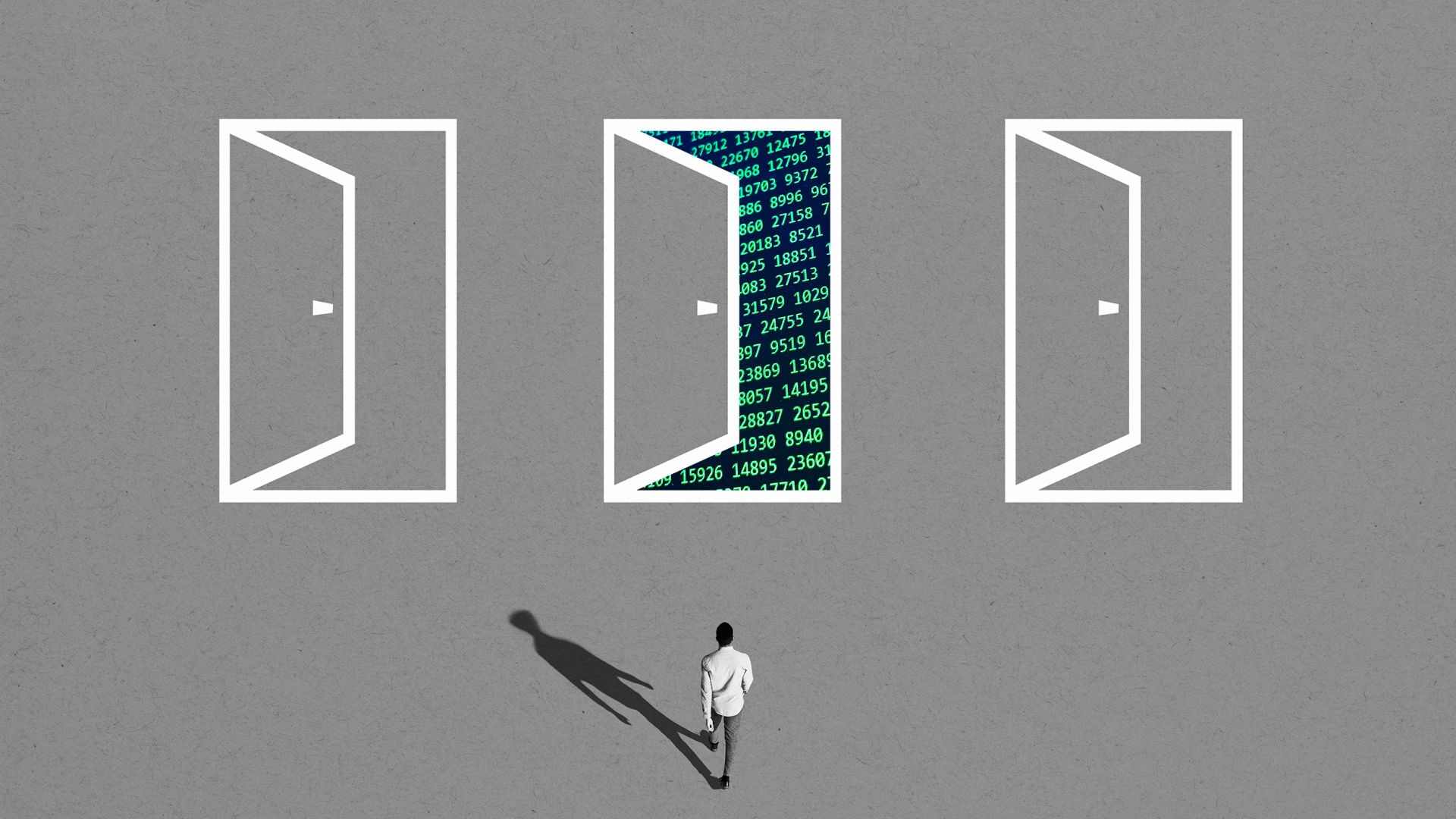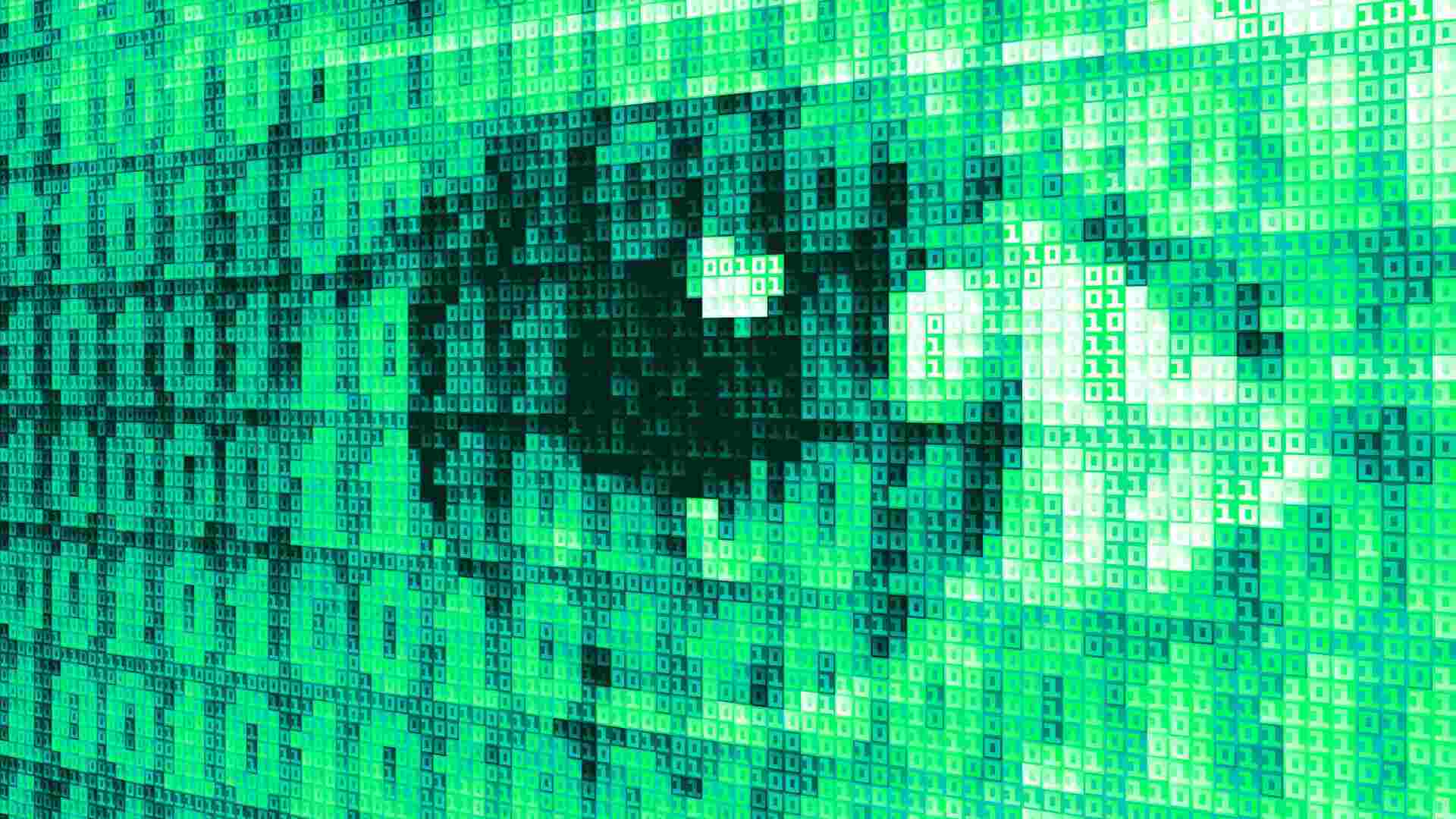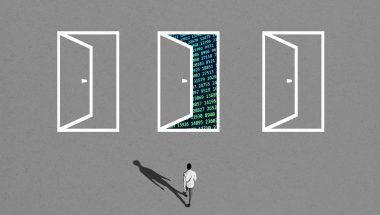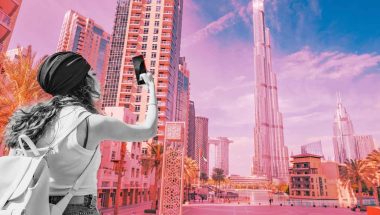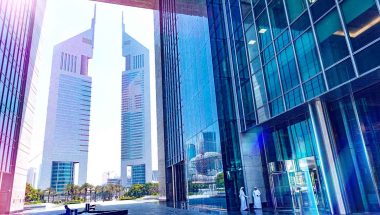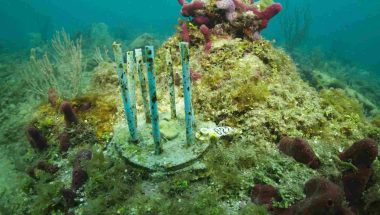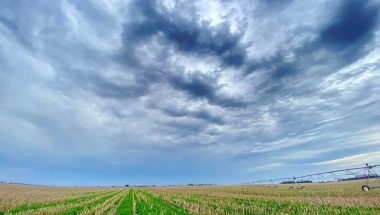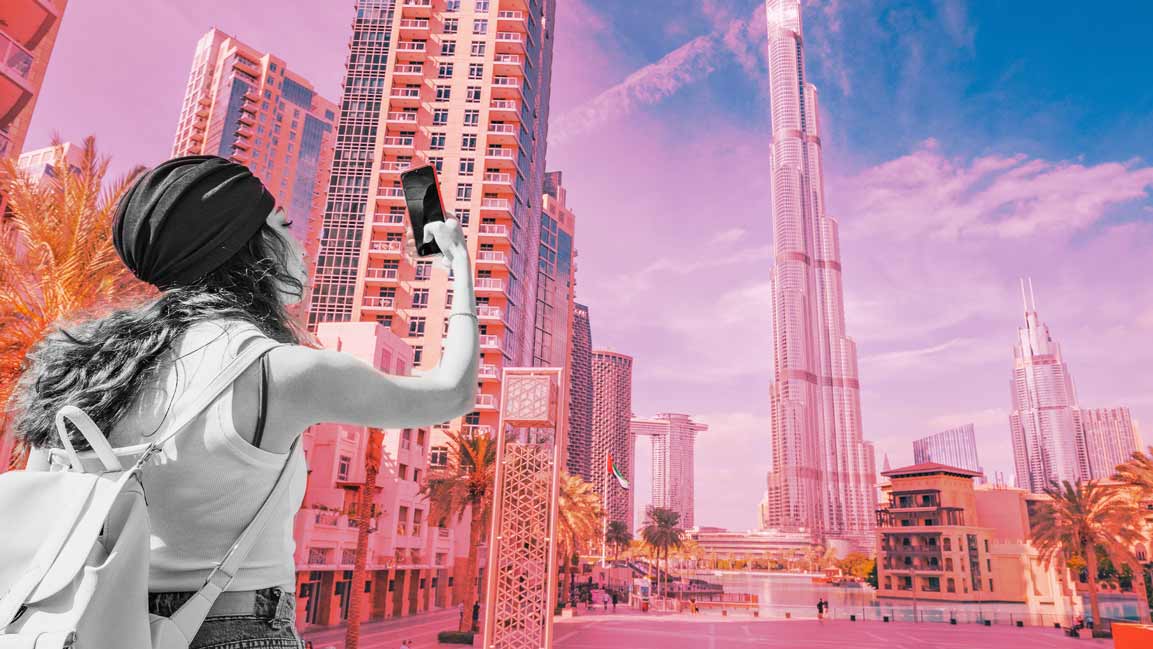- | 9:00 am
Still confused about NFTs? Here’s your guide to the rise of digital assets in the Middle East
NFTs have opened up opportunities for artists to market their work to collectors and investors as secure assets.

You probably didn’t bother to check stock market updates, gold prices, or sift through mutual funds because investments are something you left to guys in suits or stockbrokers. Or have you?
Parking your savings in assets wasn’t considered cool until fintech apps, AI started managing portfolios, and Redditors beat Wall Street big shots at their game by driving up prices of GameStop shares last year.
It’s not just you. We were all pretty excited about buying stocks on American markets or Bitcoins while sitting in Dubai or Abu Dhabi, but then NFTs came along and triggered a price explosion for memes, viral videos, and images floating online and being traded; for free!
Are you now wondering if the “side-eyeing Chloe” meme you shared countless times on Facebook or that home video on YouTube is worth millions? Well, the truth is if enough people on the internet want it and it becomes exclusive, it’ll probably get a whole new price tag.
But before you go around digging out those memes you created a while ago, hoping to strike gold, how about we tell you how exactly this works?
So, it isn’t all viral memes and pixelated cat gifs anymore. Even vintage pictures or music and designs can be registered on a blockchain, where the actual art turns into a digital token that works like a certificate of ownership.
To sum it up, this is just the digital equivalent of getting the product of your creativity patented so that it’s protected by copyright. But, you’re safer on the blockchain, thanks to the same encryption that makes cryptocurrencies impossible to fake.
After welcoming cryptocurrencies, many collectors and firms in the UAE have bought into the fascination with digital tokens. We’ll just run you through the rising allure of NFTs in the Middle East.
BAGGING VIRAL ASSETS TO CREATE A BUZZ
Art snobs prefer paintings or sculptures by Middle Eastern talent that should primarily shine in the NFT galaxy. Still, the truth is that a Dubai-based studio, 3F Music, made global headlines by paying a million dollars for the “disaster girl” meme. After this surprising investment, 3F music continued their streak by bagging “side-eyeing Chloe” and the viral video “Charlie bit my finger,” after which they took them off online platforms.
You may find it weird, but 3F Music splurged another half a million on the picture of an NYT article, supposedly on the recommendation of “experienced art advisors,” and aim to support artists through these bizarre bets.
REGIONAL ARTISTS ON THE BLOCKCHAIN CANVAS
Now, the NFT space isn’t all about popular content fetching giant bids, as it also gives more exposure to lesser-known artists from the region, which makes it a pretty fair deal. For those of you who aren’t into memes and gifs, Lebanon’s Kristel Bechara is the Middle East’s first artist to float her paintings in the digital space as NFTs to reach global collectors directly.
If you appreciate digital art and innovation, you need to fetch crypto tokens by Amrita Sethi, who turns her voice recordings into sound waves images to tell stories. She became the first Middle Eastern artist to register her work on the blockchain and caught the eye of a global audience with her unique talent.
SERVING ART FOR LOCAL TASTES
You won’t be alien to the brilliance of calligraphy and miniature painting if you’ve grown up in the region or spent enough time here. But these haven’t received the exposure they deserve either. So connoisseurs of Arab crafts can now rest assured since the blockchain boom has given birth to the first-ever digital agency that promotes Islamic art NFTs to collectors in the UAE and beyond.
The Behnoode Foundation in Dubai even inspired Kuwait’s very own Bawa art gallery, which thrilled us with the rendition of an artwork that used a black cubical magnet and iron filings to depict the holy Kaaba in Makkah. Islamic art doesn’t get better than this, and now it’s all up for grabs in the form of digital tokens.
REPLICATING THE REAL ESTATE BOOM IN THE METAVERSE
NFTs initially seem like a way for art lovers to access unexplored talent in the online realm, but we all know that investing in assets that may be in demand later is also a lucrative proposal in the long run. Now that we’ve got you thinking about the money involved, it’s about time to bring up real estate as a viable real-world asset that can be owned through digital tokens.
For those who don’t have a lot of cash on them but want a piece of Dubai’s attractive property market, Aqarchain is bringing fractional NFTs that let netizens own a small stake in real estate assets across the UAE. Now, online bids are significant, but you still want to look at what you’re buying, don’t you? Well, that’s why Metaverse Dubai allows investors to check out digital twins of prime locations from different parts of the city.
Considering the pace at which the NFT space is growing, these developments are the tip of the iceberg. Still, they remain critical milestones on the region’s journey to embrace assets registered on the blockchain so that investors can transcend geographical boundaries. Your reservations about cybersecurity and scam artists on the internet are natural, but mainstream acceptance and regulation of NFTs are exactly how their exploitation by fraudsters can be prevented.
For safety, people in the UAE will have a crypto zone in Dubai, where virtual assets registered on blockchain will be monitored in collaboration with Binance.







